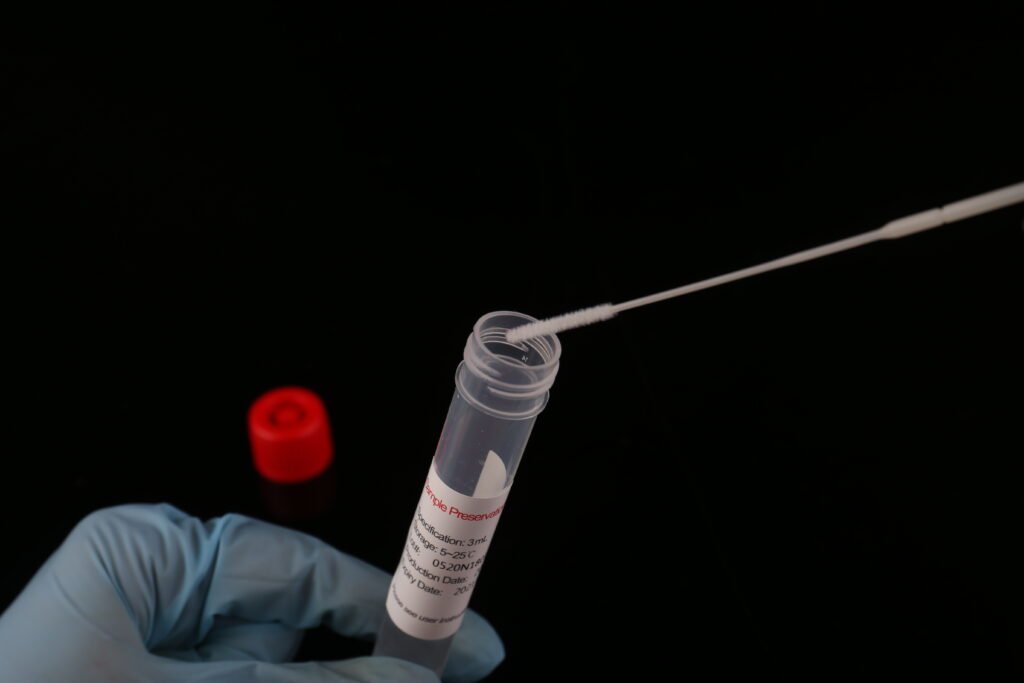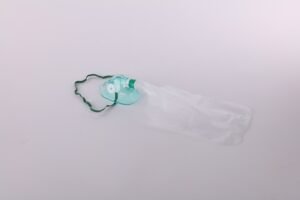
Advantages of flocking swab and traditional swab Flocking refers to the process of applying multi-length fibers to the surface of the adhesive coating. If the head of the cotton swab is flocking, it is a flocking swab. A disposable sampling swab composed of nylon short fiber fluff head and ABS plastic rod. Used for oral and nasopharyngeal sampling, cervical and vaginal sampling, laboratory testing, etc.
Advantages of flocking swab

1. Sampling is more comfortable and use is more convenient. The function of the vertical nylon fiber is similar to that of a soft brush. Using this soft brush in the sampling process makes the user feel no foreign body. At the same time, the flocking swabs used in different parts adopt different breaking points, and the stems adopt different thicknesses to make the softness different. For example, nasal swab, the upper end of its stem is thinner and softer, and the breaking point is longer.

2. Flocking swab samples release more. Capillary action between nylon fiber bundles promotes strong hydraulic absorption of liquid samples. Keep the sample on the surface to make elution easier. However, in traditional cotton swabs, most of the collected samples are still captured in the fiber matrix of the head, which is not easy to release or the release amount is small. It has been proved that flocking swabs can release up to 95% of samples, compared with 25% of standard fiber tip swabs. If the sample size is particularly small, it is particularly important to use flocking swabs.

3. Flocking swabs are biocompatible and ideal for PCR. In order to limit the damage to samples and improve the accuracy of detection, cotton swabs are made of completely inert components. This makes the flocking swab an ideal choice for PCR. Therefore, for scientists who use PCR technology, the new flocking swab is PCR compatible and contains no RNase and DNase.





